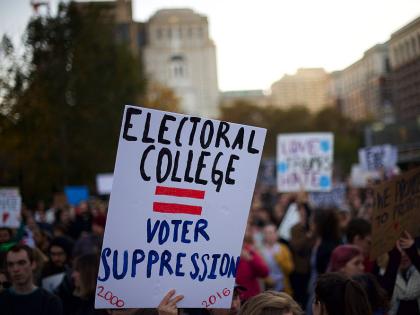For Anita Elberse, whose latest research investigates the impact of big-name stars on films’ revenues, pop culture and rigorous analysis are not mutually exclusive. Elberse (pronounced el-ber-see), an assistant professor of business administration, applies statistical methods to the concept of celebrity, showing how models from marketing, management, and group dynamics can help us understand stardom and its economic consequences. With methods that others have used to study the impact of company name changes, new product introductions, and celebrity product endorsements, Elberse has concluded that a famous name is worth about $3 million in box-office ticket sales.
Although astronomical salaries indicate that certain actors provide something valuable for movie studios—why make such a big investment if it gets no return?—proving that hypothesis by putting a number to the value of a particular superstar cast member is difficult because each movie is made only once. To take the example Elberse used in a paper published recently in the Journal of Marketing: it’s impossible to know how the movie Cold Mountain would have done with Tom Cruise, a rumored contender for the film’s male lead, instead of Jude Law, who ultimately played the part.
But Elberse, whose previous research had focused on the media, entertainment, and sports industries, was familiar with the Hollywood Stock Exchange, a Web-based market simulation that allows participants to trade “stock” in upcoming films. Elberse knew that there was a strong correlation—a factor of .94—between a particular picture’s value on the exchange and its box-office revenues, with $1 on the exchange translating to $1 million in revenue during a picture’s first four weeks of theatrical release. Because participants in the exchange can trade “stock” in a picture for several months, and in some cases for a period of years, before a film’s release date, the exchange allows Elberse to track reactions to casting announcements and to quantify participants’ expectations for a film’s performance accordingly.
In the case of Cold Mountain, a 2003 Civil War drama based on a prizewinning novel, the film’s value on the exchange dropped by $21.50 with the announcement that Tom Cruise would not play the male lead. When Miramax announced that Jude Law would fill the role, and Nicole Kidman and Renee Zellweger the two major female roles, the film’s price rose, although not to its Tom Cruise levels.
Interestingly, adding a star’s name to a film’s roster can also reduce the film’s value. This happened in the wake of announcements that Jessica Biel would appear in the 2003 remake of The Texas Chainsaw Massacre and that Alec Baldwin was in negotiations to star in The Cat in the Hat. Elberse says such negative adjustments may simply reflect an expectation that a bigger name would appear in the role.
The idea that big-name stars bring home the bacon for movie studios may not seem surprising, but it does challenge the school of thought that claims stars are paid highly for no good reason. Although the occasional low-budget film with a no-name cast still makes it big, Elberse predicts these sleeper successes will become rarer. As box-office receipts shrink compared to revenues from other distribution methods—Blockbuster, Netflix, TiVo, Vudu—motion-picture companies count on theatrical releases more for advertising than for ticket sales. Big-budget, high-grossing films generate publicity and word of mouth that prompt people to add a movie to their list to watch later. As this trend continues, “I don’t think stars will go away” as a force in the film industry, says Elberse; in fact, she predicts movie megastars’ fortunes will only rise.
~Elizabeth Gudrais









